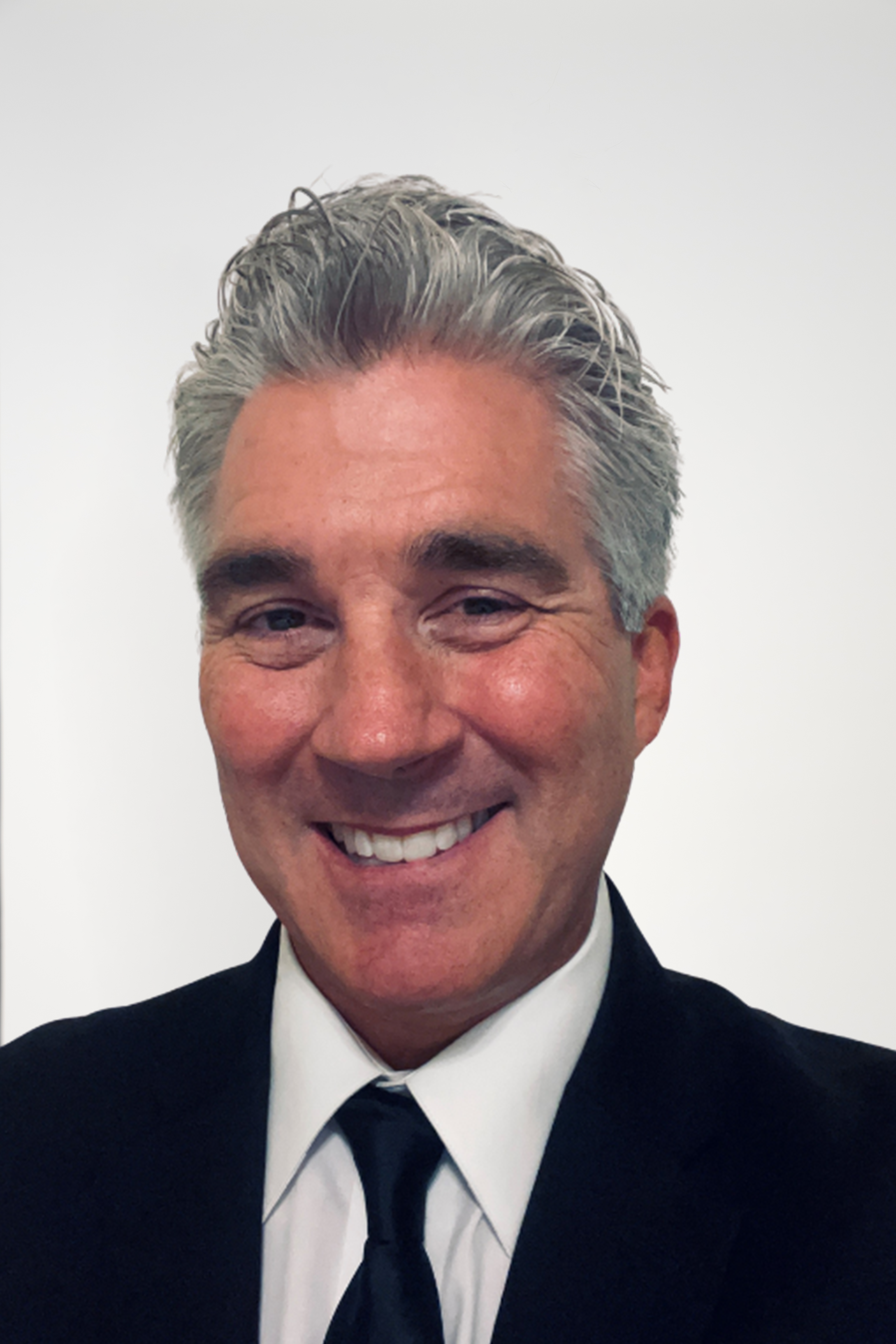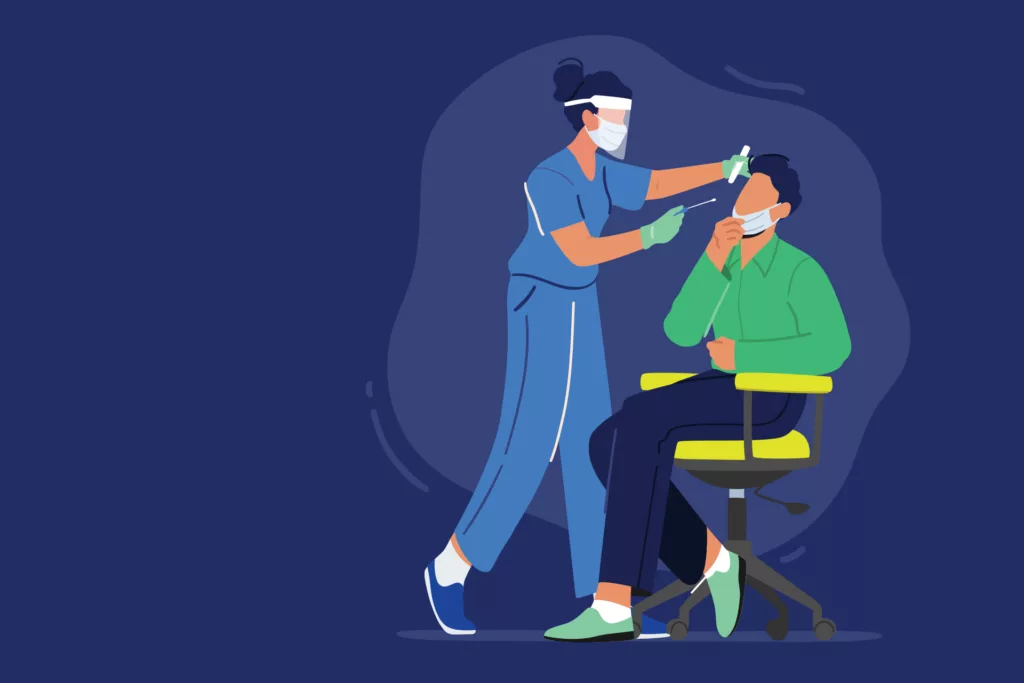Hemgenix became the most expensive drug in the history of FDA-approvals back in November of 2022 after the manufacturer, CSL Behring, hung a $3.5 million dollar price tag on it. This was a first-of-its-kind therapy approved for the treatment of hemophilia, more specifically hemophilia B. Hemgenix is one of the newest agents utilizing gene therapy to reprogram the body and correct a disease-causing defect. In this article we will take a look at this uber-expensive treatment for hemophilia and the potential impact it can have on patients, prescribers, and payers.
Two Types of Hemophilia
Hemophilia is a rare genetic disorder which is characterized by prolonged or spontaneous bleeding. Patients with hemophilia are deficient in a coagulation factor that is necessary in the clotting process to prevent bleeding. Hemophilia affects males almost exclusively and although females can be carriers, a small number may exhibit mild forms of disease. Symptoms can range from mild, with excessive bleeding or bruising occurring after trauma, to severe, where patients will often spontaneously bleed into their joints.
There are two main types of hemophilia, each of which involve a deficiency in a specific coagulation factor. Hemophilia A involves coagulation Factor VIII deficiency whereas hemophilia B is characterized by coagulation Factor IX deficiency. Hemophilia A is about three times more prevalent in the US with an estimated prevalence of 12 cases per 100,000 males compared to an estimated 3.7 cases per 100,000 males for hemophilia B. Currently, there are over 22,000 hemophilia A cases and over 7,000 hemophilia B cases in the US.
Nearly 44% of hemophilia A patients in the US have severe disease compared to only about 25% of patients who have hemophilia B. Coagulation activity levels determine disease severity and the normal range for individuals without hemophilia is between 70-120%. Patients with mild hemophilia will have coagulation activity levels in the 6-40% range, moderate disease would be in 1-5% range, and severe case would be levels of less than 1%.
Standard Treatments
Patients with hemophilia are typically managed with coagulation factor replacement therapy. In patients with mild to moderate disease these treatments can be given as needed or on demand, such as after trauma or before a surgical or dental procedure. Patients with more severe disease will require routine prophylactic treatment, usually 2-3 times per week to prevent bleeding episodes. These factor replacements are available as infusions, which after proper training can be self-administered in the home, including with pediatric patients.
The most popular coagulation factor replacements are recombinant versions which are grown in a laboratory. These recombinant versions are also available in formulations with extended half-life which can be dosed every 4-5 days, instead of the standard dosing of three-times-a-week for prophylactic therapy.
Hemophilia factor replacements were initially available in plasma-derived versions sourced from humans which undergo testing to ensure safety and remove any viruses such as Hepatitis B and C, HIV, etc. The human plasma products are less expensive compared to the recombinant products. However, the recombinant products have emerged as the standard of care mostly due to the potential risk associated with human-sourced products and the unintended transmission of disease.
Factor Inhibitors
Typically, patients are managed very well with factor replacement, however the development of antibodies to the infused hemophilia factor can be problematic for some patients. Those antibodies, often referred to as inhibitors, will neutralize the activity of the infused factor and make it less effective. This will often lead to higher required doses of factor, more bleeds, and increased hospitalizations. The formation of antibody inhibitors is much more prevalent in patients with hemophilia A at 10-30% of severe patients compared with only 2-5% of severe patients with hemophilia B.
Hemophilia A patients who develop inhibitors can instead be treated with Hemlibra, which is not Factor VIII replacement. Instead, it is considered a coagulation factor mimetic. This infused product works by attaching to other clotting factors in the blood, thus enabling the blood to clot properly without Factor VIII. Considering the mechanism of action essentially bypasses the need for Factor VIII replacement, Hemlibra can be used in patients who have developed antibody inhibitors and those who have not.
Treatment Cost
Total healthcare costs for hemophilia are substantial and primarily driven by the cost of factor replacement, especially for those on prophylaxis and those with factor inhibitors. Recent studies have reported mean total healthcare costs associated with the management of hemophilia A at around $500k per year, while patients with hemophilia B had mean annual costs at over $600k.
When comparing the annual costs for these factor replacements, the extended half-life recombinant factors are the most expensive versions, running between $560k and $745k per year. Although considered to be the least expensive factor replacements, the human plasma-derived products have annual costs ranging from $396k to $535k for continuous prophylactic therapy.
Both direct and indirect healthcare costs will contribute to the cost burden of hemophilia. Not only will patients incur medical and hospital expenses related to bleeds, patients and caregivers will often experience lost productivity at work or school resulting in negative financial impacts. Finally, patients with hemophilia must minimize exposure to trauma and will often have limited employment options, ultimately affecting their ability to earn competitive wages.
Most Expensive Drug in the World
Hemgenix was approved by the FDA on November 22, 2022 for the treatment of adult patients with hemophilia B who currently use Factor IX prophylaxis therapy, have history of life-threatening hemorrhage, or repeated, serious spontaneous bleeding episodes. This indication is specifically for adult patients who are considered to have a severe form of the disease.
The approval was supported by the results from the ongoing Phase III (HOPE-B) trial which reported patients had a 64% reduction in the number of bleeds a patient has per year compared to baseline. In addition, mean Factor IX activity levels of 39.0% were reported at 6 months and sustained at 36.7% two years after infusion, essentially placing the patient into a mild stage of hemophilia. Probably the most impactful result from the Phase III trial was that 96% of patients discontinued the use of Factor IX prophylaxis therapy and remained free of their previous continuous routine preventative therapy.
Hemgenix is a one-time intravenous infusion that is given over a 1-2 hour period. A standard with these types of treatment is the requirement of labs to be drawn prior to and after treatment to assess for both clinical response as well as any adverse effects.
During clinical trials, the most common adverse reactions following treatment were elevations in the liver enzymes alanine aminotransferase (ALT) and aspartate aminotransferase (AST). These elevations were to be expected as these gene therapies for hemophilia will target cells in the liver, where the majority of coagulation factors are produced. In addition, headache, elevations in blood creatine kinase, flu-like symptoms, infusion related reactions, fatigue, and malaise were the other adverse reactions reported in over 5% of patients. As reported, these side effects were manageable and none of the patients reported any long-term reactions due to therapy.
Potential for Hemophilia A
Another potential gene therapy on the horizon for treatment of hemophilia is Roctavian. It has not been approved by the FDA yet but is currently pending FDA review with a decision expected prior to June 30, 2023. Roctavian continues to undergo clinical trials as a one-time intravenously infused treatment and is seeking approval for use in adults with hemophilia A who currently use Factor VIII prophylaxis treatment.
The results of the Phase III (GENEr8-1) clinical trial showed a mean increase of Factor VIII activity up to 41.9% one year after receiving treatment, however by the end of the third year post treatment, the mean factor activity level for participants had dropped down to 18.8%. Although still in the mild range for disease severity, the factor activity level was essentially less than half of what it was at the end of year one.
Other measurables had reported drop-offs in response from one year to three years post-treatment as the mean annual bleeding rate went from 0.8 to 1.0 and the reduction in prophylaxis treatment went from 99.6% to 92%. Roctavian also reported a similar adverse reaction profile to what was reported with Hemgenix, especially related to elevations in liver enzymes. However none of the patients reported any long-term effects.
The durability of these gene therapies will continue to be revealed over time as these patients continue in long-term follow up clinical trials. Roctavian has accumulated the longest period of data for hemophilia patients treated with gene therapy with over three years of trial data for their initially treated patients.
Roctavian was approved in Europe last August, so an approval in the US is most likely at some point. Once approved by the FDA, the estimated cost is not expected to top that of Hemgenix and will probably fall in the $2 million to $2.5 million range. There will be more patients treated with Roctavian compared to Hemgenix as there are three times as many hemophilia A patients compared to hemophilia B and nearly half of those with hemophilia A have severe disease.
Others in Development
There are other gene therapies currently in development that are likely one to five years away from filing with the FDA. For example, in the hemophilia B space, Pfizer’s PF-06838435 (fidanacogene elaparvovec) is currently in Phase III trials while Freeline Therapeutics’ FLT180a (verbrinacogene setparvovec) is currently undergoing Phase II clinical trials. There are a few more agents in clinical trials for hemophilia A including Sangamo Therapeutics’ SB-525 (giroctocogene fitelparvovec) currently in Phase III, Bayer’s BAY 2599023 (DTX 201) in Phase II, and ASC Therapeutics’ ASC-618 also in Phase II. Spark Therapeutics has two agents currently in clinical trials for hemophilia A, SPK-8011 in Phase II and SPK-8016, a potential gene therapy for patients with Factor VIII inhibitors is currently in Phase II.
Is Gene Therapy a Cure?
A significant fact that needs to be highlighted regarding Hemgenix and other hemophilia gene therapies is the fact that factor activity levels for trial participants never reached normal levels in any of the studies. Thus, it would be difficult to state these patients were “cured” of their hemophilia, although their dependence on prophylactic therapy was nearly eliminated in over 90% of patients. Treatment with gene therapy should be reserved for those patients with severe disease as they would benefit the most and were the only population included in the clinical trials. However, the amount of data collected on these patients does not tell a complete story about the sustainability of the initial responses to gene therapy for hemophilia. When evaluating treatment options, prescribers, patients and payers should all pay close attention to these study results as they become available.
Costly Decisions
As stated before, Hemgenix entered the market as the most expensive drug in the world, priced at a wholesale acquisition cost of $3,500,000. If approved by the FDA, Roctavian is not anticipated to come to market at that price point, but most likely will be around $2.5 million. Patients will need to rely on private health insurance and other types of coverage for healthcare to be able to access therapies in this price range. If they are able to access them, then patient lifestyles and quality of life could be greatly improved with these one-time treatments. However, concerns about the durability of gene therapy remains an unanswered question as none of the products have accumulated 5 years of data yet.
The hemophilia patients with severe disease will likely have improved quality of life, improved outcomes and hopefully lower overall healthcare costs after receiving gene therapy. However, this is essentially a one-time shot at this type of treatment and patients cannot obtain subsequent treatments if the desired results are not achieved.
Considering the possibility of wasting a once-in-a-lifetime opportunity with gene therapy on a product that may not have lifetime efficacy, patients should be completely informed of the current limitations of these therapies and that there may be better products available in the near future. Some patients may decide to wait rather than commit to the first product to hit the market.
Cost Considerations
From a payer perspective, depending on how long these gene therapies can keep patients off prophylaxis, they could save money in the long run. Based on current pricing, the breakeven point for Hemgenix appears to be about 6 years. However, private health insurance payers tend to have more turnover with their enrollment and some of the members receiving gene therapy may not remain with their plan long enough to obtain a return on the large up-front investment in gene therapy.
The Institute for Clinical and Economic Review (ICER) published their final evidence report on Hemgenix and Roctavian in December 2022 and they recommended that payers look at outcomes-based agreements to address the durability and high-cost concerns with these gene therapies for hemophilia.
Some payers look to Stop Loss Insurance as another option to pay for these high-cost gene therapies. This option offers payers insurance protection against catastrophic claims by establishing set specific or aggregate claim costs at which limit this secondary insurance coverage is accessed.
Roctavian, which was approved by the European Medicines Agency, appears to be offering payers in Europe an outcomes-based agreement. The manufacturer, BioMarin, is expected to provide European payers with a money-back guarantee which could last between 5 and 8 years after treatment. It was reported that most Roctavian outcomes-based agreements would have a 5-year period, where, for example, BioMarin would be giving back 20% of the price after year 4 if the patient is not able to stay off prophylaxis on a 5-year guarantee.
Unfortunately, CSL Behring, the makers of Hemgenix, have not announced any similar money-back guarantees here in the US or Europe, where it was recently approved. Hopefully, these products will last more than 5 years, not only for the patient’s sake, but also for the payers, who will be stuck paying for the world’s most expensive drug.







